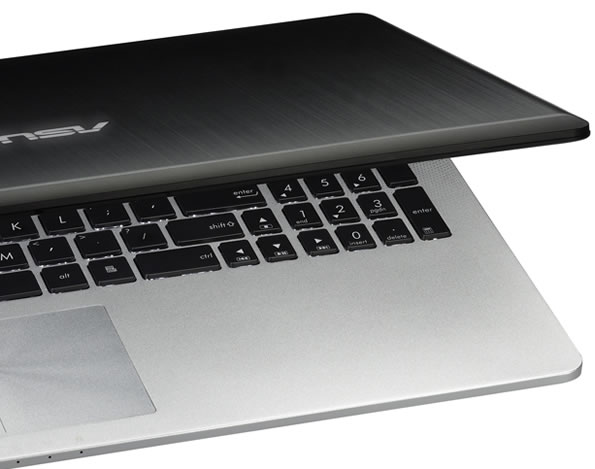Final Thoughts
When we tested the Core i7-3770K in April, we found it to be 10-17% faster than the Sandy Bridge Core i7-2600K while consuming over 10% less power. In essence, this makes Ivy Bridge a more refined version of Sandy Bridge. Intel's only weakness was in its HD graphics engine, with the HD 4000 still being much slower than AMD's A8 series APUs. This remains true of Ivy Bridge's mobile parts.
Clocked at just 2.6GHz or 25% lower than the i7-3770K, we recorded 20-25% less performance from the Core i7-3720QM, so we should see a similar trend when comparing mobile Ivy Bridge processors to their Sandy Bridge equivalents. Unfortunately, we didn't have a Sandy Bridge Core i7 laptop on hand, but we were able to compare the i7-3720QM with enough processors to determine its capabilities.

Unless backed by a discrete graphics solution such as the N56VM's GeForce GT 650M, mobile Ivy Bridge machines have very limited 3D capabilities, as we found when testing the Core i7-3770K's HD 4000 graphics engine. Those seeking an affordable mobile gaming computer are still better served by AMD's year-old Llano chips, and A8-3500M-equipped laptops can be had for a bargain at less than $500.
While its IGP is lackluster for gaming, the Core i7-3720QM has a lot going for it when it comes to video editing, encoding and graphic design, especially considering Ivy Bridge laptops such as the N56VM can run for as long as five hours. Although Sandy Bridge owners don't stand to gain much by upgrading to Ivy Bridge, Intel's latest offering is a no-brainer if you're shopping for a new mobile powerhouse.
Pros: A modest performance bump over Sandy Bridge that is made much more impressive by the efficiency levels achieved with the 22nm Ivy architecture. Integrated graphics receive a big improvement, too, without cost in battery life.
Cons: Gaming with integrated graphics remains a sore spot, despite Intel's claims, HD 4000 is not suitable for gaming.
